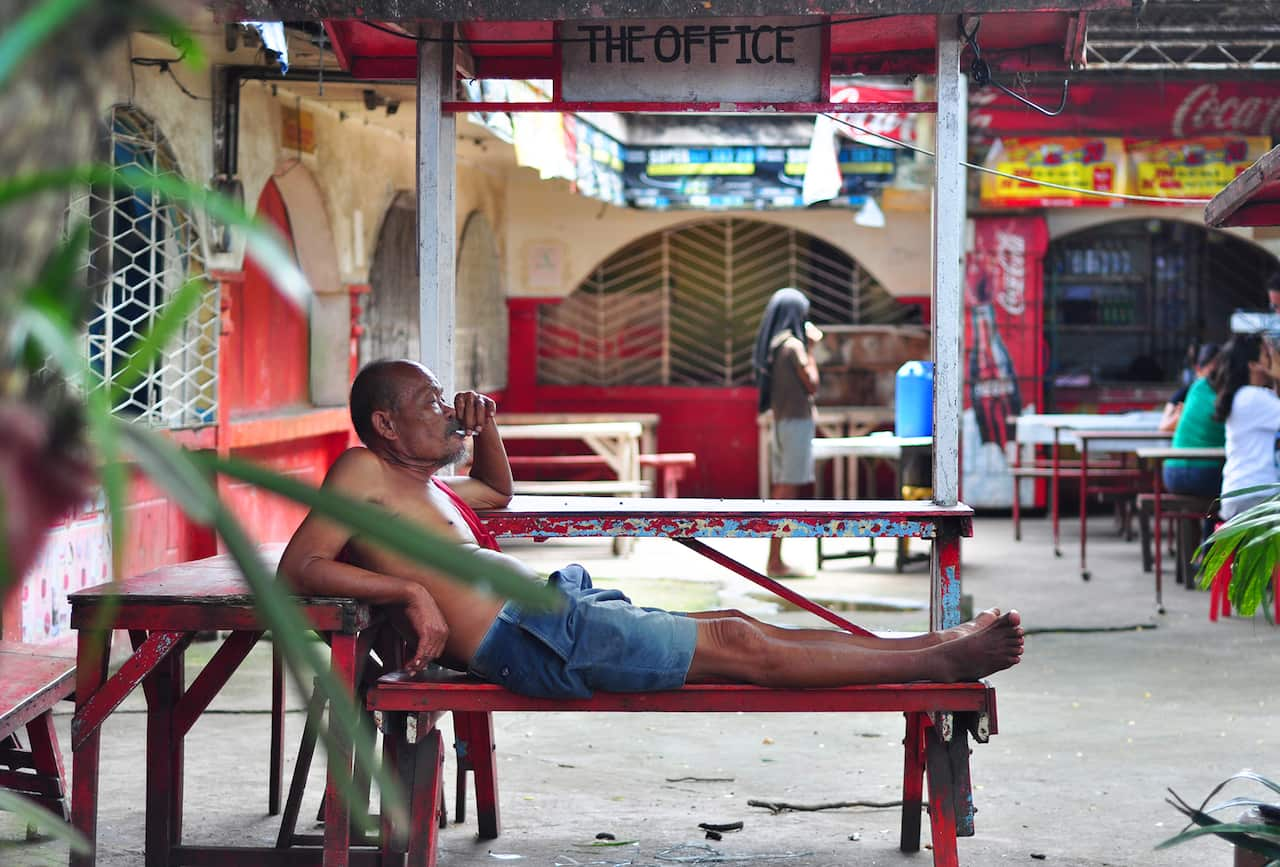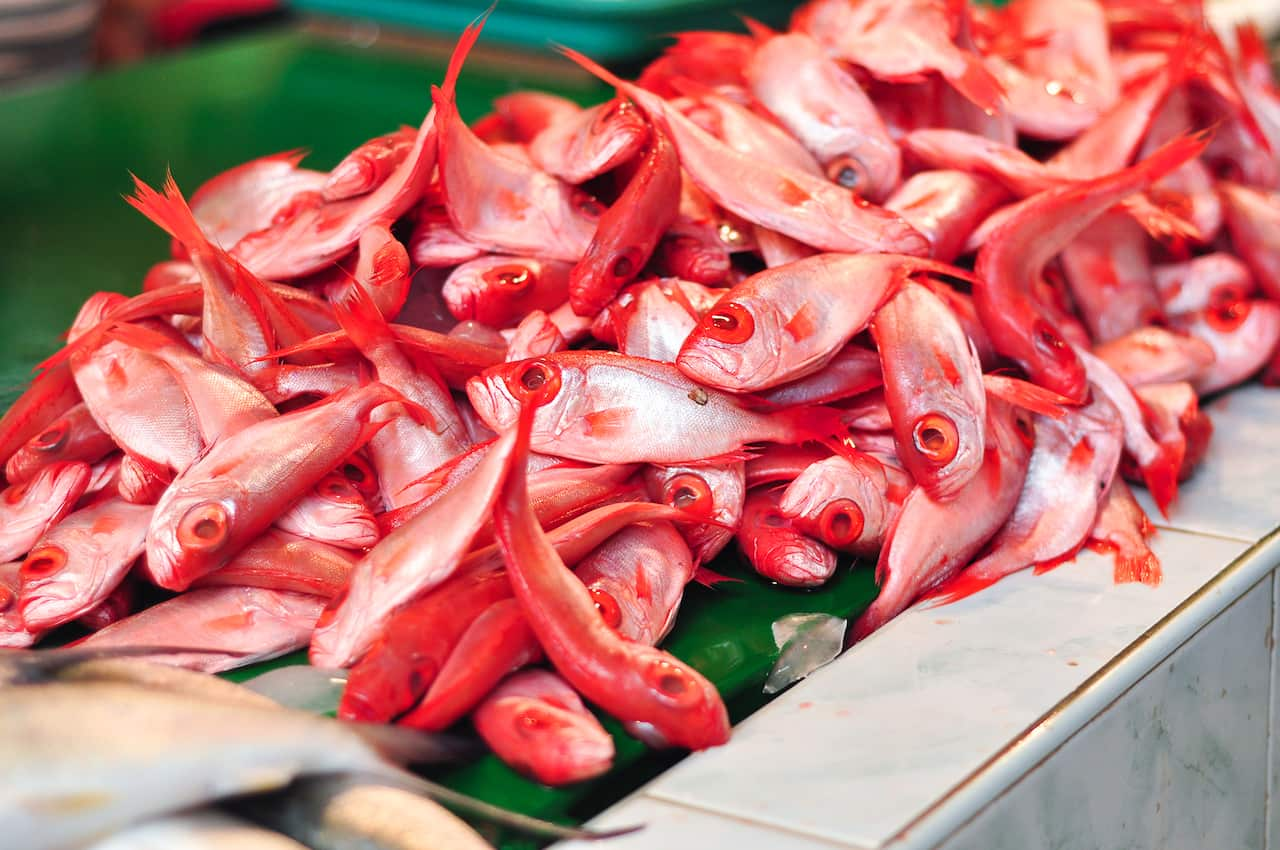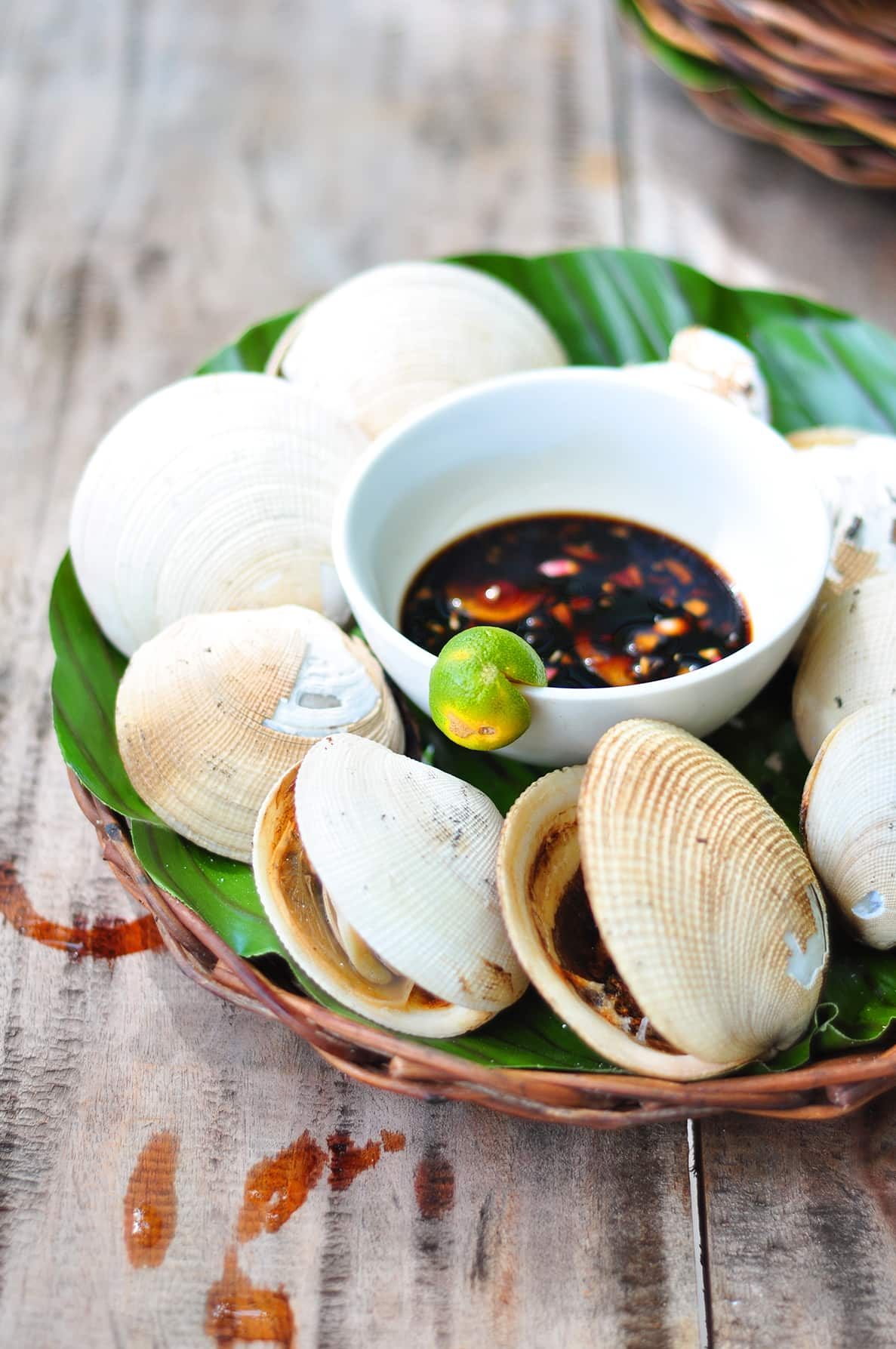Where?
On 16 March 1521, Portuguese explorer Ferdinand Magellan landed in the Philippines. Nearly 500 years on, the voyager’s first port of call is a captivating metropolis known as Cebu City, or colloquially, Cebu. Despite its size (it’s the country’s second largest city) and population (more than four million), an island vibe pervades the town and distinguishes it from Manila, the Philippines’ chaotic capital. Just a stone’s throw away is white-sand resort-lined Mactan Island, the famed Chocolate Hills and tarziers of Bohol and a slew of exotic, undeveloped island options. Why go?
Why go?

Life’s a beach on Sundays at seaside Talisay.
It was no accident Magellan chose Cebu as his anchor point; the deep sea and sheltered harbour surrounding the waterside city was a natural choice for a big ship. Today, the same water teems with seafood and some of the country’s best – fresh and cooked – is found in Cebu, along with a host of other regional delicacies.
Must eats
Head to one of many lively local seafood joints for a fix of the daily catch. Here, seafood is cooked in a style known as su/tu/kil. The acronym stands for sugba (grill), tuwa (soup) and kilaw (ceviche); the idea is the less done, the better – fresh, top-quality seafood needs little adornment. Simply pick your fish, squid, crab or clam from the large selection on display, then nominate which of three ways you would like it cooked. Seafood is also dried, cured and fermented into fish sauces and shrimp pastes. Visit Tabuan Markets for the country’s largest selection, but brace yourself, even the most travelled cooks find the intense pungent smell utterly overwhelming. On Sundays, nearby Talisay Beach comes alive as vendors set up temporary stalls selling grilled-to-order seafood (think inihaw na pusit, tomato and onion stuffed squid), pickled sea cucumbers and large chunks of just-cooked lechon (more on that below). On a recent trip, my mother and I consumed our bounty on the sand under the cover of a grand talisay tree with throngs of contented locals. What to take home?
What to take home?

Colour adds interest to the fresh catch at the wet market.
While Cebu is renown for dried mangoes, otap (flaky biscuit) and peanut kisses, lechon Cebuano is the region’s crown jewel. Whole spit-roasted suckling pig is the Philippines’ most extravagant dish and title for the best is hotly contested. Cebu’s take stuffed with lemongrass, spring onions and garlic, and served with vinegar sawsawan dipping sauce is conceded by many as the winner. Pasalubong (food gift) stores selling the specialty line the airport, while interstate fans have it air-freighted when a special occasion calls. How to get there?
How to get there?

Local shellfish served with classic Filipino dipping sauce toyomansi (soy sauce with kalamansi citrus) is enjoyed native-style on banana leaves.
Like Magellan, many people use Cebu over Manila as an entry point into the country. The city’s international airport is a hub for domestic and regional Asia flights from Cebu Pacific Air, while its port is the nation’s busiest for trade and travel.
Recommended resources
Get your hands on a copy of Linamnam, Eating One’s Way Around the Philippines. This food lover’s guidebook, written by acclaimed Filipino food writer Claude Tayag and his wife Mary Ann Quioc, has a comprehensive section on Cebu City and beyond.
Photographs by Yasmin Newman.

